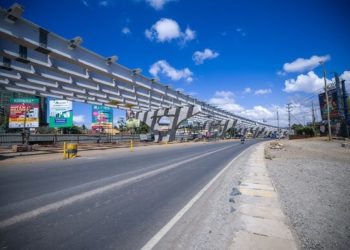As the 2025 expiration of the African Growth and Opportunity Act (AGOA) looms, Kenyan exporters are increasingly uneasy about the future of duty-free trade with the United States. For over two decades, AGOA has provided Kenya and other eligible African nations tariff-free access to U.S. markets for a wide range of products, including textiles, agricultural goods, and handicrafts. The agreement has been a critical pillar in Kenya’s trade strategy, supporting thousands of jobs and driving foreign exchange earnings.
However, with no clear commitment from Washington on whether the deal will be extended or replaced, uncertainty is rattling both government and private sector players. If AGOA ends without a successor framework, Kenyan exports could suddenly become subject to steep tariffs, drastically reducing their competitiveness in the U.S. market.
This potential disruption comes at a particularly sensitive time for Kenya, as the country continues its post-pandemic economic recovery. Sectors like apparel manufacturing, which have thrived under AGOA, could face significant downturns. Analysts warn that small and medium-sized enterprises (SMEs), which lack the buffers of larger corporations, would be the hardest hit.
To mitigate this risk, the Kenyan government is intensifying diplomatic efforts, urging the U.S. to extend AGOA or fast-track a bilateral trade agreement. Meanwhile, local exporters are being encouraged to diversify their markets and reduce overdependence on any single trade deal.
While U.S. officials have hinted at a possible reconfiguration of the trade relationship with Africa, no definitive proposals have been tabled. Kenyan trade experts argue that regional cooperation and proactive policy shifts will be necessary to safeguard national interests, with or without AGOA.
The uncertainty surrounding AGOA’s future is more than just a policy issue—it’s a direct threat to livelihoods and industrial progress. As 2025 unfolds, the spotlight will remain on the corridors of power in Nairobi and Washington, where crucial decisions are likely to shape Kenya’s trade future for years to come.















